Following my dreams always sounded like a hard thing to do. With social media, I’ve seen the rise of so many great talents and there was a part of me that felt insecure to show whatever I’ve got. Either mine is not “as good as others”, “not as professional”, or because “it takes a long time to make”.
These 5 books helped me get out of my mind, let go of these and other excuses and begin tackling what I wanted.
1. Daring Greatly: How the Courage to Be Vulnerable Transforms the Way We Live, Love, Parent, and Lead, by Brené Brown
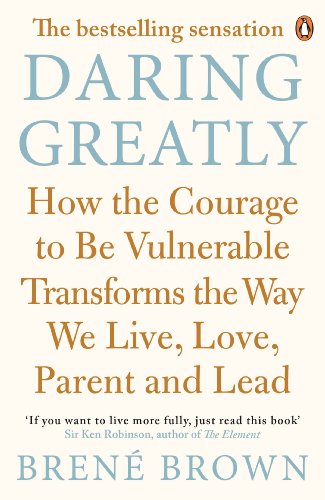
I’ve talked about how much this book helped me face and admit my fears in a video I made for my YouTube Channel, which you can check out here (https://www.youtube.com/watch?v=YxVnU4AfP9g&t=39s&ab_channel=AnaZarb).
In this book Brown challenges us to be more vulnerable and to open up with empathetic and trustworthy people about what causes us to feel shame. By doing so, she affirms shame will lose its power, allowing us to be even more daring, in our job, in our personal lives, and with ourselves. Building, consequently, a favorable and propitious environment for creativity to pour.
“Shame derives its power from being unspeakable.” – Brené Brown
2. The Flinch, by Julien Smith
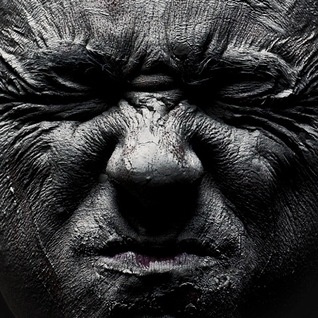
This is a short book with a big message: some fears are good for you, most are NOT. Smith argues that fear was a great tool when we were cavemen. Back then, humans had to care, almost exclusively, for basic needs such as eating, sheltering, and escaping predators.
In our time, however, we have overcome these primitive necessities, yet the fear-instinct is still installed in our brains, stopping us from talking to strangers, having cold showers, or, perhaps, initiating a project we’ve always wanted to. We flinch with the idea of doing something that is a little out of our comfort zone and we should not.
“Behind every flinch is a fear or an anxiety – sometimes rational, sometimes not. Without the fear, there is no flinch. But wiping out the fear isn’t what’s important – facing it is.” – Julien Smith
3. The Artist Way, by Julia Cameron
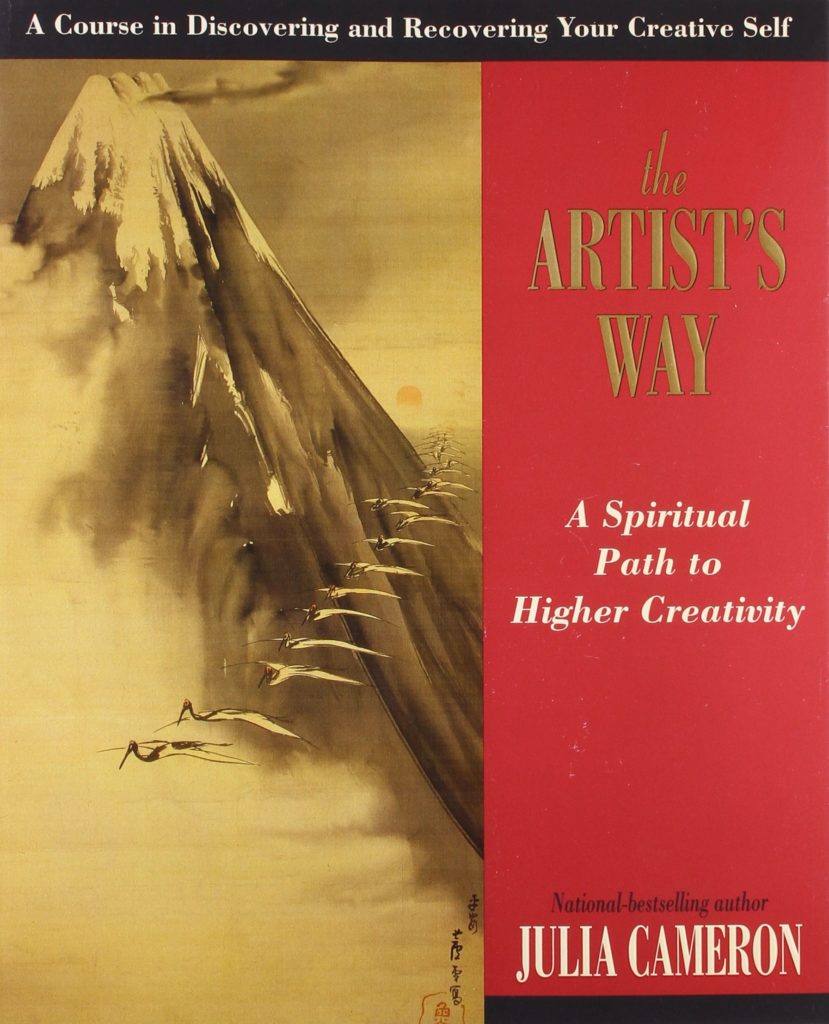
This is one of my very favorite books ever. Cameron does a really good job of taking the reader into a journey of accepting the existing creativity in themselves. She makes sure to be inclusive while “deciding” what goes under this creative belt. Being creative does not mean you have to be a painter or a musician. If you’re an engineer, an entrepreneur, or even a leader of some sort you probably need creative ways to do so. There’s a 12- week spiritual and creative program in which Cameron guides us into a journey of digging things from the past and opening up for the future. One of the most beautiful arguments she makes is that: if it is your heart to make it if you can’t stop thinking about it, and when you do it you feel the greatest joy… that’s what you’re supposed to be doing. It has a powerful and healing message.
“Our creative dreams and yearnings come from a divine source. As we move toward our dreams, we move toward our divinity.” – Julia Cameron
4. Big Magic: Creative Living Beyond Fear, by Elizabeth Gilbert
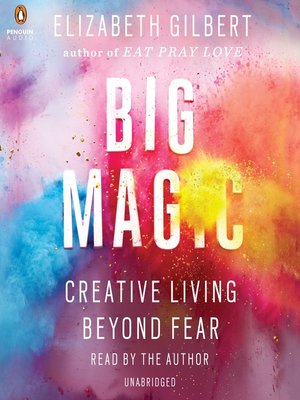
This book, much like the previous one, helps us find peace with being creative. One of the greatest insights about this book is her take on ideas. I love how she says that ideas are just floating around waiting to be picked up by someone and how that is why, sometimes, one person might have an idea and not do anything about it, just to see someone else executing the exact same idea the day after. This is also another book that deals with fear, which in my opinion is the biggest threat to our dreams.
“A creative life is an amplified life. It’s a bigger life, a happier life, an expanded life, and a hell of a lot more interesting life. Living in this manner—continually and stubbornly bringing forth the jewels that are hidden within you—is a fine art, in and of itself.” – Elizabeth Gilbert
5.Mindset: The New Psychology of Success, by Carol S. Dweck
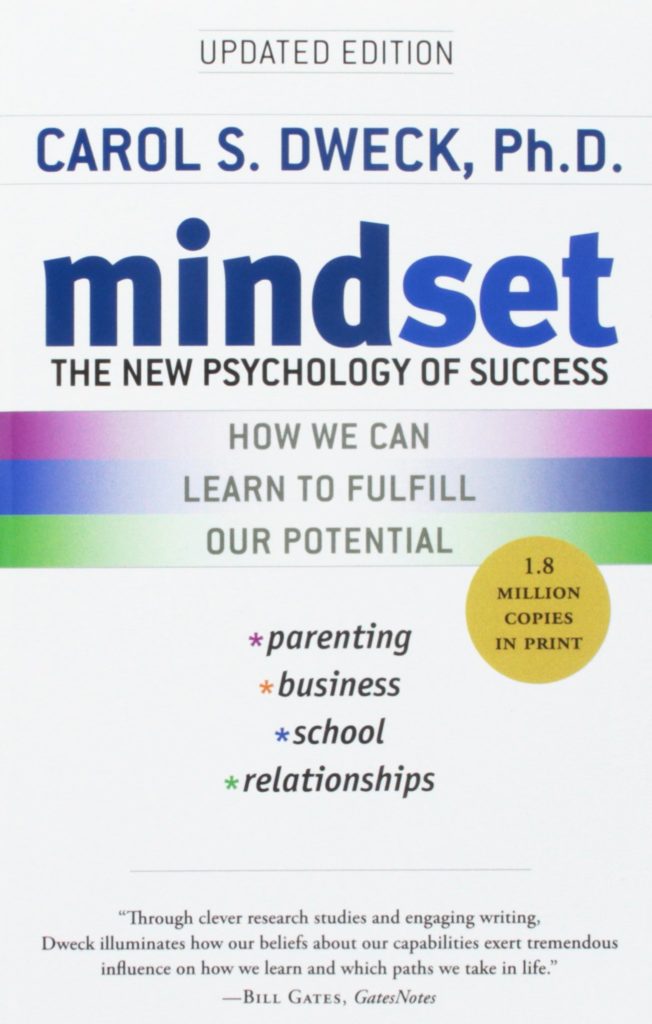
The final book is another psych one. I find it very important to really understand the mind and how it works. It does give me “solid” reasons to explain to myself why I am doing things the way I am. Here, Dweck defines two types of mindset: the fixed and the growth one. The first is a fatalist and believes nothing can or will change, everything is fated. So, if you’re not a good painter or writer now, you will never be. The second one recognizes you might not be exceptional now, and in doing so finds space to grow and believes its possibility. Oftentimes, our dreams have to pass the test of time and persistence, no matter how talented we are. A growth mindset will probably get you there faster.
“This is something I know for a fact: You have to work hardest for the things you love most.” – Carol S. Dweck
Do feel inspired already? I hope so. If you have other suggestions for books like these, let me know in the comments!
Your friend,
Ana.
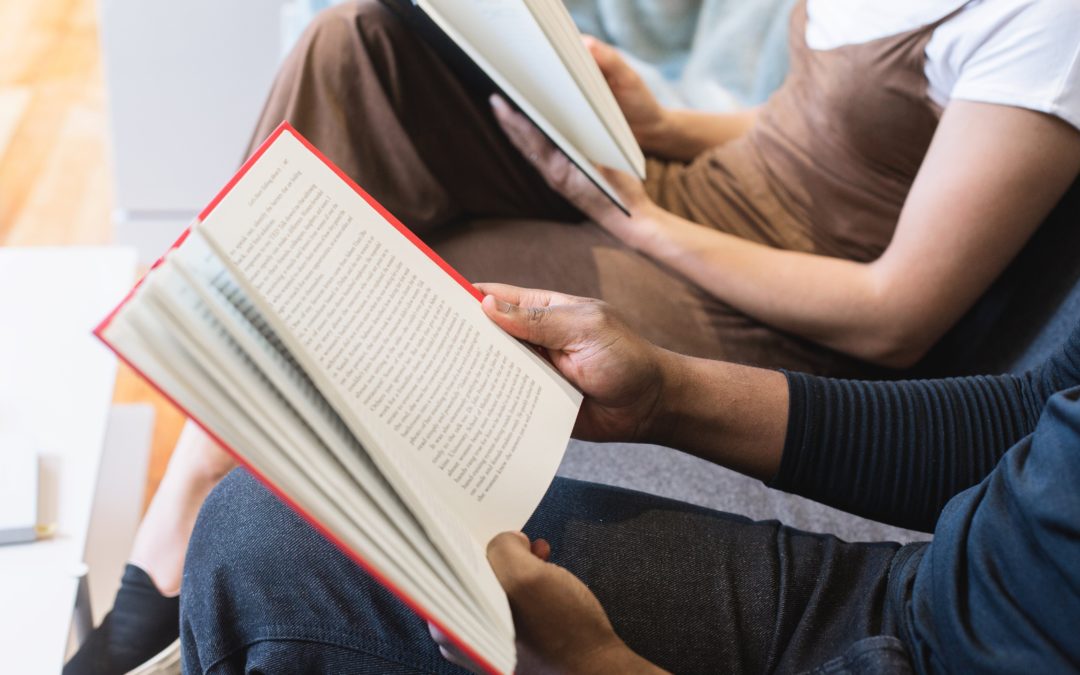
Recent Comments